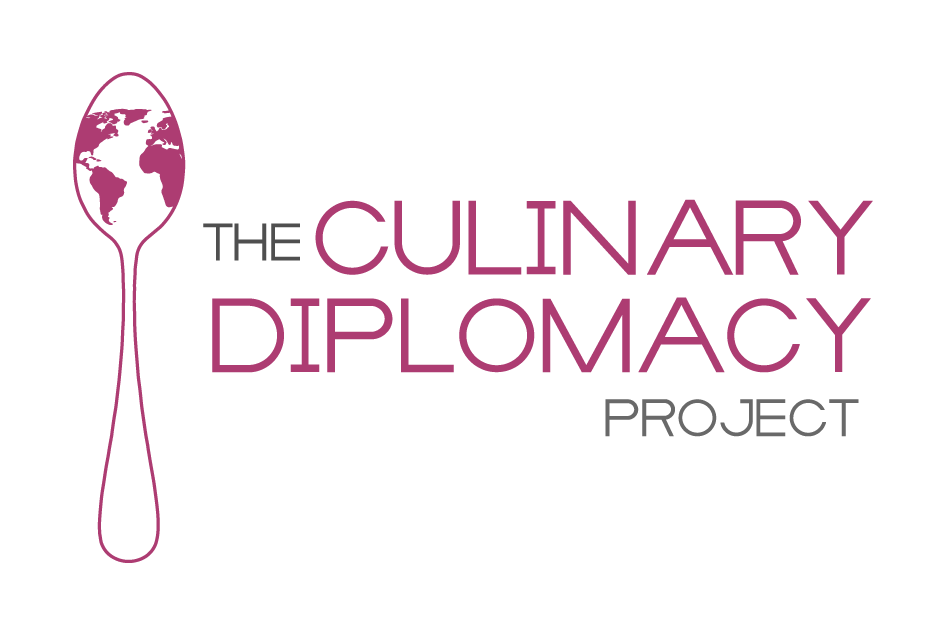Peru
The CDP Team along with Chefs Aarti Sequeira, Duff Goldman, Fariyal Abdullahi and Marcel Vigneron travelled to Peru to learn about the diversity of its cuisine and its rich culture. Partnering with SIMPLi, a leading regenerative food company, the teams curated a trip with the goal to connect with local producers and to savor authentic Peruvian dishes, fostering a deeper understanding of Peru's diverse culinary landscape.
We began our trip in Lima, Peru's capital, which has access to a bounty of fresh seafood, and we dove right into learning all about ceviche at Chef Gastón Acurio's, La Mar. We ate different styles of ceviche and got to experience the team's creativity with their interpretation of using seafood to transform traditional Peruvian dishes.
We spent the morning in the Barranco neighborhood sampling pastries and in the afternoon the chefs spent the day at Central's Cacao Research Lab. With the Central and MATER teams, we learned all about the cocoa plant and various applications for using the whole plant, as only a small percentage of the plant is traditionally used in production.
Rounding out the last day in Lima, CDP partnered with Nexos Comunitarios, a local non-profit, to coordinate an opportunity for the chefs to connect with students from an underserved community on the outskirts of Lima. With the students, we learned how to make a traditional Peruvian dessert, Mazamorra de Llipta, and then the chefs taught the students how to make a traditional American dessert, Duff's Famous Chocolate Chip Cookies.
Next, we boarded a plane and headed over to Cusco, where we learned about the indigenous foods and people of the Andes Mountains. We explored the Moray Ruins and learned about ancient Incan farming practices. Then, we headed to the Maras Salt Flats to meet with Yolanda Acurio Mendoza, who runs the Comunidad Salinera de Maras, a woman-owned co-op and Simpli salt producer. Through Yolanda, the chefs were able to learn how to harvest the salt and the importance of preserving the traditions surrounding the harvest. Afterwards, we headed to Yolanda’s home to cook a meal using her salts and local produce.
We spent the following morning with Yolanda and a local female farmer, foraging for herbs and ingredients to be used for a Pachamanca ceremony. The chefs, along with Yolanda and local women spent the afternoon preparing this meal. The tradition of Pachamanca is normally reserved for celebrations and involves cooking in the ground with hot stones and aromatics.
Of course, before we left, we had to visit Machu Picchu. It was a breathtaking example of just how advanced Incan civilization was, and it became even more clear why so much of it has endured for thousands of years.
Throughout our journey, we connected with local farmers, producers, and cooks, gaining a deeper appreciation and understanding of some of Peru’s centuries-old ingredients and their significance in preserving the country’s rich cultural heritage.





























